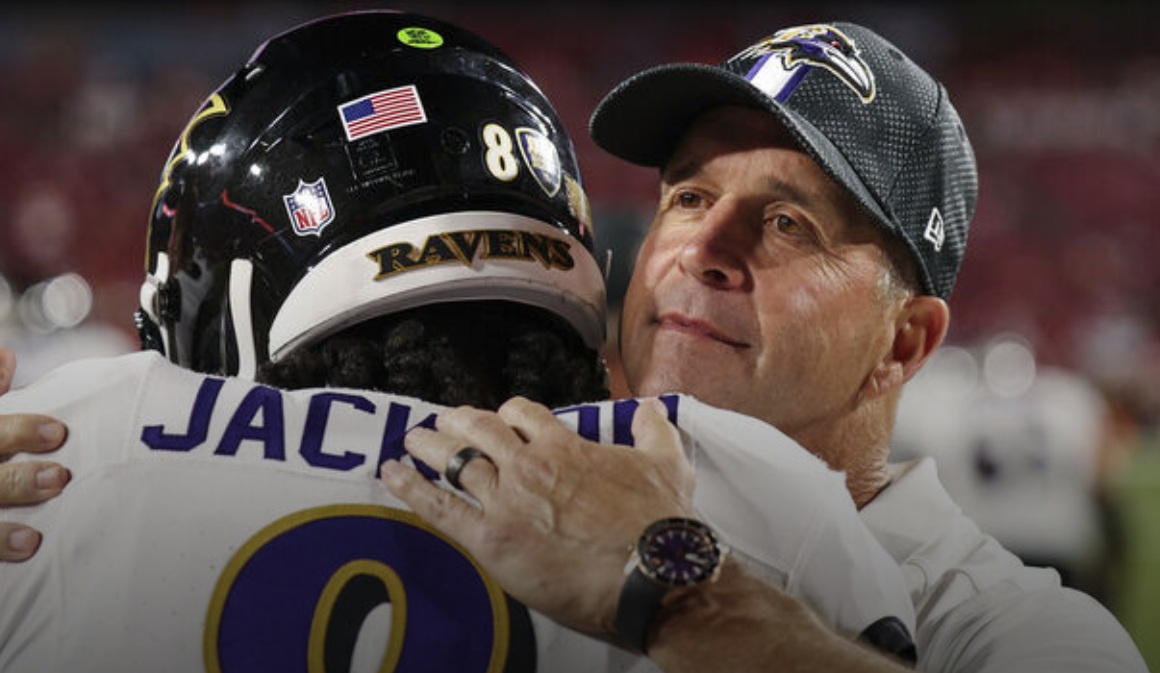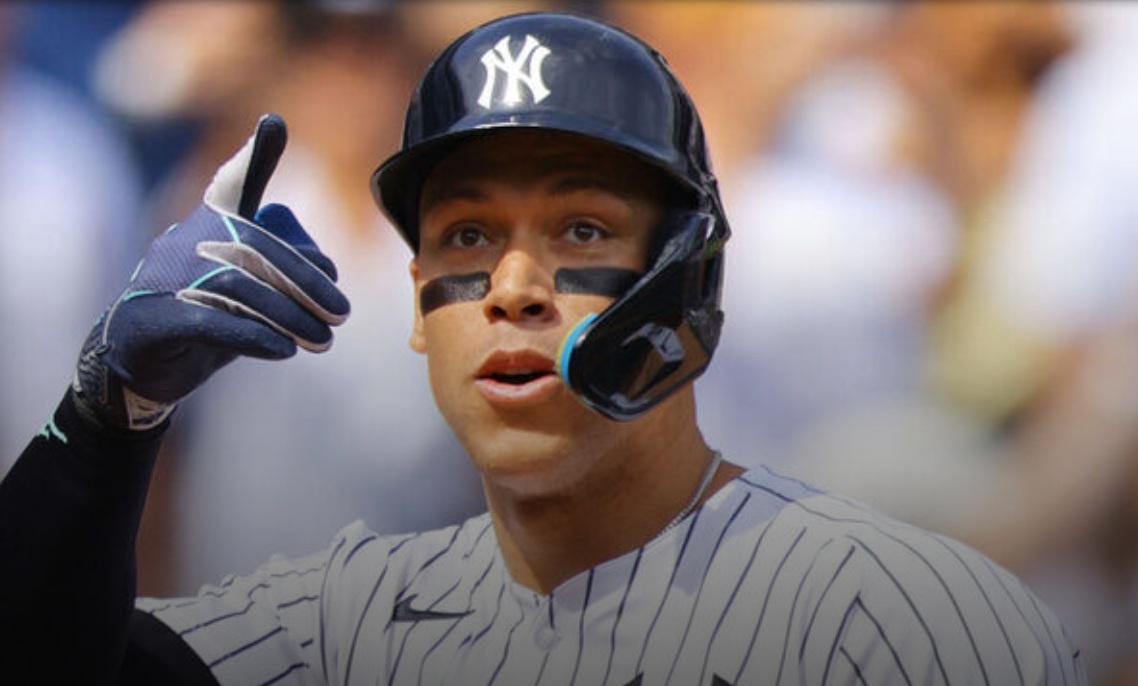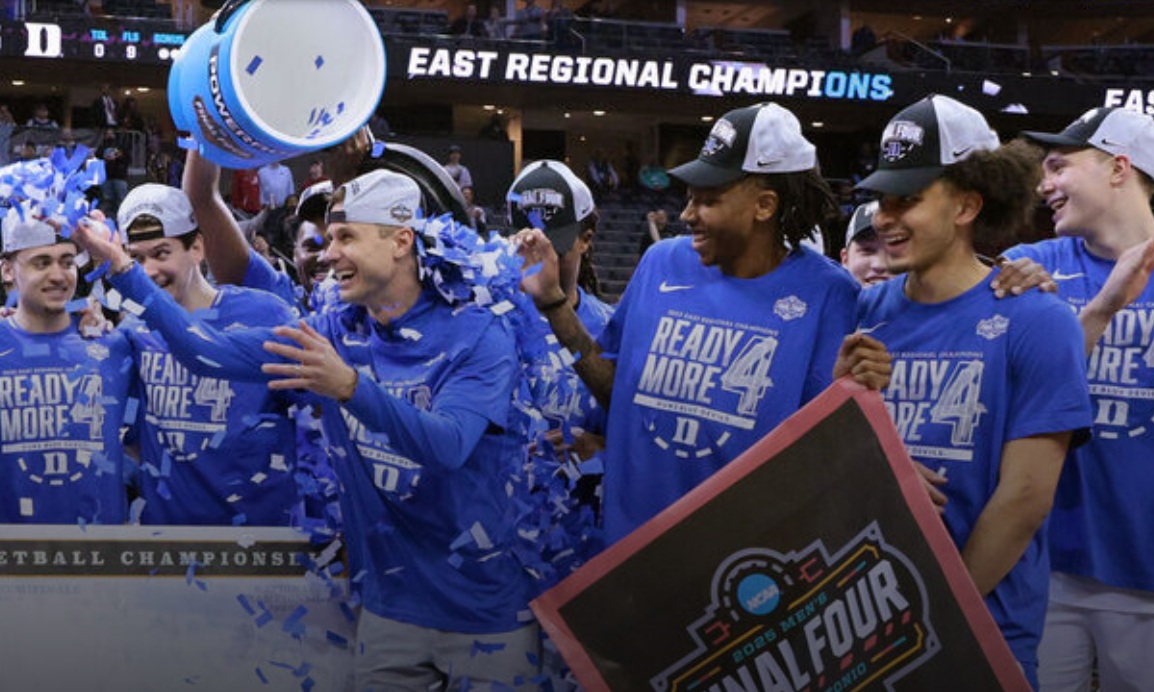The most remarkable restoration, character-wise, is the Cyborg storyline. It mirrors (without duplication) all the other stories of characters dealing with mixed feelings about their parents and upbringing: see also Bruce Wayne’s relationship to his butler/surrogate parent Alfred (Jeremy Irons) as well as the memory of his murdered father and mother; Clark Kent’s relationship to his sainted mom, Martha (Diane Lane), and the departed Jonathan Kent (Kevin Costner) and Jor-El (Russell Crowe); Wonder Woman’s feelings about leaving her family, her island, and its culture (and their feelings about her departure); Aquaman’s resentment at being a bi-species hybrid, torn between two worlds and feeling abandoned by both; and Barry’s tortured relationship with his incarcerated criminal dad (Billy Crudup). Fisher’s performance is the best in a film filled with strong acting. Cyborg’s resentment of his scientist father (Joe Morton, aka Skynet’s daddy in “Terminator 2”) is built out with empathy and care, and paid off in a genuinely moving climax that offers redemption without canceling ill will. Also noticeably improved: Affleck’s greying, world-weary Batman, who channels the burned-out, Clint Eastwoodian Dark Knight from Frank Miller’s 1980s comics; and the relationship between Clark Kent and Lois Lane (Amy Adams) which delves more deeply into grief than any DCEU film, strikes idealistic romantic notes reminiscent of the Christopher Reeve era, and even gets into the “Monkey’s Paw” aspect of bringing a dead superhero back to life.
Yeah, there’s a plot: basically the same as in the first “Justice League,” and for that matter, the “Avengers” movies: a superhuman, megalomaniacal bad guy wants access to a source of time-and-space dominating superpowers, and can only get it by cobbling together scattered elements (six infinity stones in the MCU series, three magic boxes in this movie). But plot might be the tenth most important thing on this movie’s mind, if that. This is the definitive cut of the tale, not just in terms of canonical events and actions (“Aquaman” director James Wan and “Wonder Woman” series director Patty Jenkins are both on record as saying that they consulted with Snyder on continuity) but aesthetic purity. Some scenes have been moved and/or reshaped, others have been restructured or added, and everything has been lengthened. But what registers most strongly is the film’s sense of space and place, which might make one wonder if many of the (justified) complaints about Snyder’s other superhero pictures stem from the commercial imperatives of this budget level and his own sensibility being at odds with each other.
Let’s take a moment and talk about the look of the movie, because it’s key to what makes the project feel unified. “Zack Snyder’s Justice League” is shot in the squarish, roughly 4×3 “academy” ratio, rather than the narrow-and-wide format preferred by most epics. Snyder chose it because the IMAX frame happens to be that shape, and then he decided to frame non-IMAX shots that way for consistency’s sake. The result has the subtle psychological effect of making this new-ish work feel mysteriously “old.” This perception is amplified by Fabian Wagner’s cinematography, which emphasizes the vertical over the horizontal, leaves lots of negative space around the actors’ faces and bodies, and isn’t afraid to put gauzy filters over closeups and create smeary or halo-like lighting effects that make things feel dreamy or metaphorical rather than “real.”
You can view the original article HERE.






























